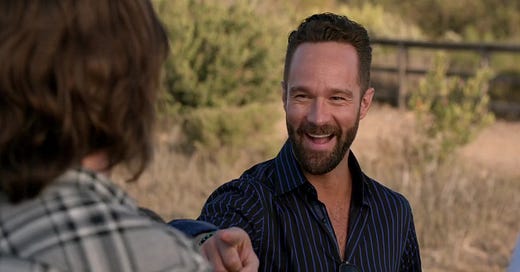The Dark Art of Being a (good) VC
I’ve written a lot about fundraising, company building, and entrepreneurship. But I haven’t talked much about the investing side. Not because I haven’t done it — I’ve been close to primary on over 100 deals and reviewed somewhere between 500 and 1,000 — but because I don’t necessarily consider myself a professional investor. That said, I’ve spent enough time in early-stage venture, especially seed and Series A, to start seeing patterns. Deal flow, portfolio mechanics, founder signals — all of it.
And here’s what I’ve realized: venture capital is fundamentally an apprenticeship business.
Not in a formal, structured way. In fact, it’s probably one of the least structured apprenticeship paths out there. But if you look closely at the people who really know what they’re doing in VC, you’ll notice that most of them learned by doing, and by learning from someone better than them. That’s just how it works.
First, You Have to Be a Builder
The path usually starts with entrepreneurship. You don’t have to be a successful founder — failure is fine — but you do have to have been in it. You have to know what it feels like to pitch investors, miss payroll, iterate on product, and navigate chaos. Because at the early stage, venture capital is mostly about founder judgment. And you can’t really judge founders unless you’ve been one.
This alone filters out a huge chunk of the population. Very few people raise venture capital, and an even smaller group has been through the full cycle. So even qualifying to be “in the room” starts with a narrow gate.
Then, You Need a Mentor
Once you’ve got the entrepreneurial pattern recognition, the next step is learning the financial side. This is where the apprenticeship model kicks in hard. You can read about fund mechanics, capital recycling, or portfolio theory all day — but nothing substitutes for working under someone who’s done it before.
Venture is a weird asset class. At the seed stage, you're essentially building a portfolio of illiquid options with limited data. Your ability to pick winners is part intuition, part experience, and part understanding how to structure the portfolio in a way that can handle enormous volatility.
Most of that can’t be learned on your own. You need someone who’s seen how funds are constructed, who understands reserves, pacing, ownership targets, management fees, how to navigate down rounds, when to double down, when to walk away. And most of the time, that person was also a founder once. That’s why so many firms bring in former entrepreneurs as venture partners — it’s often the best way in.
Power Laws on Power Laws
Everyone in venture talks about power laws. In any given year, only a handful of startups matter. The top 10 or 15 companies might return most of the capital in a vintage. But what’s less obvious is that the same rule applies to venture firms themselves.
Most VC funds don’t perform well. Some lose money. A small number return consistently, and an even smaller number are truly exceptional. That means the real winners in this ecosystem aren’t just the founders or even the GPs — they’re the LPs who know how to pick fund managers. And what those LPs often look for are people who’ve gone through that dual apprenticeship: builder first, investor second.
They’re betting on judgment. The kind that only comes from experience.
Final Thought
Venture capital isn’t just finance. It’s not banking, it’s not private equity, and it’s not something you can fully learn in a classroom. It’s a craft — part art, part science — that you learn by doing, with a mentor, over time.
It’s an apprenticeship business. And the best in the business treat it that way.





